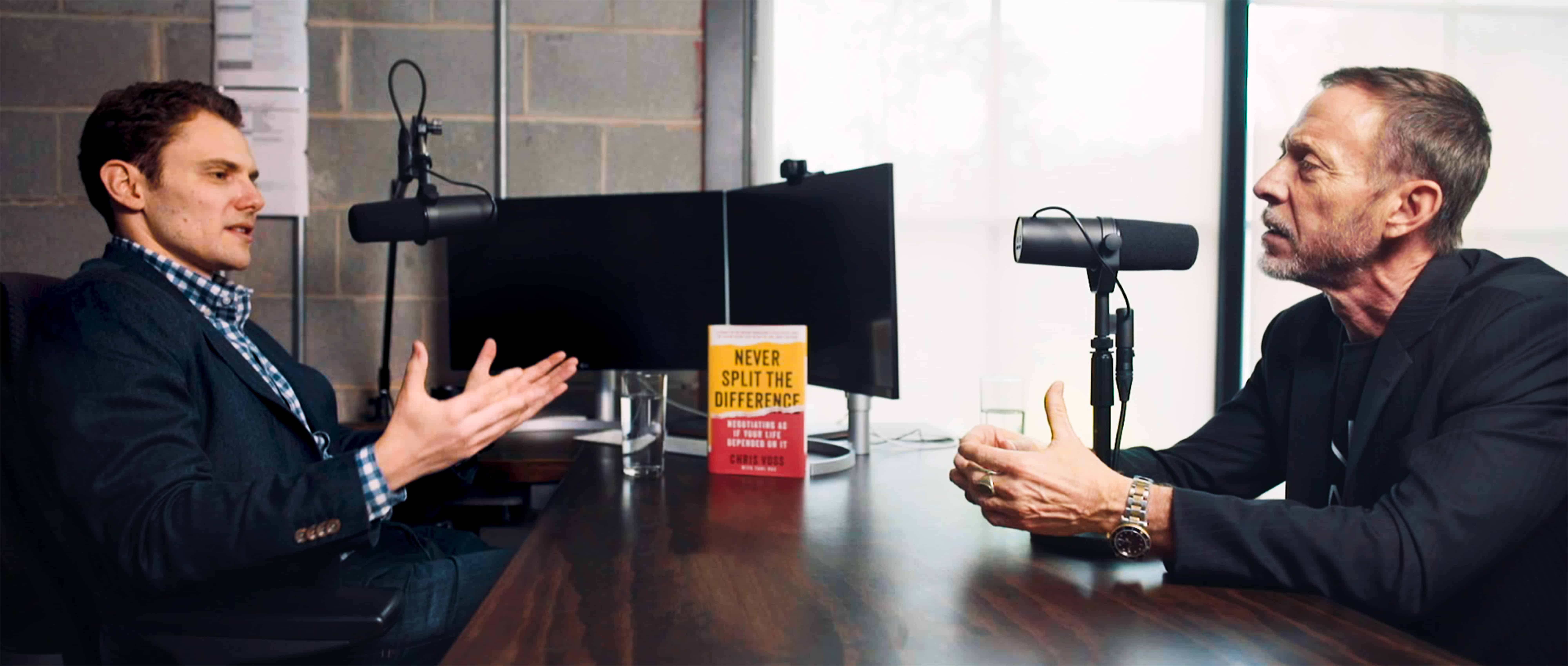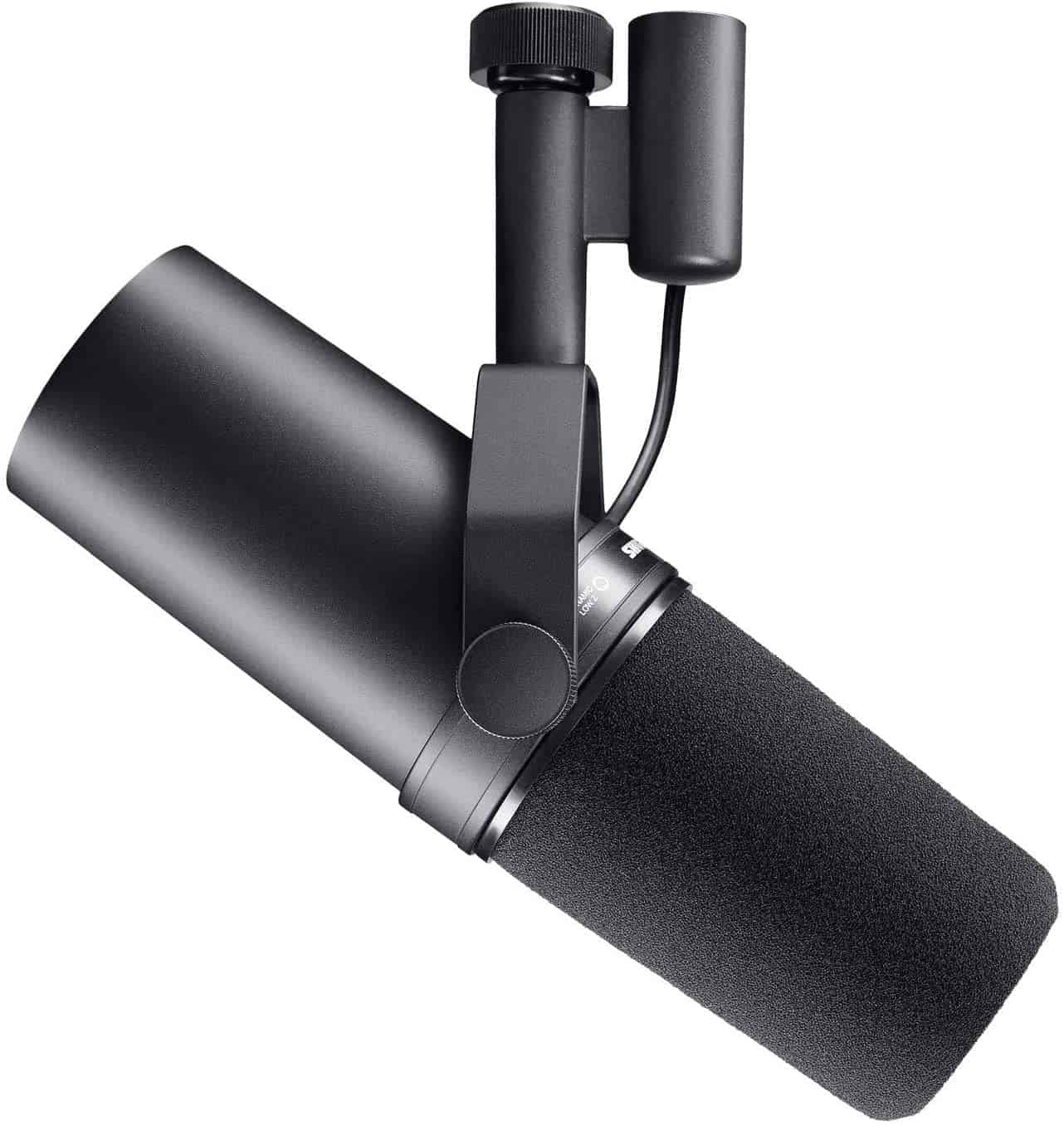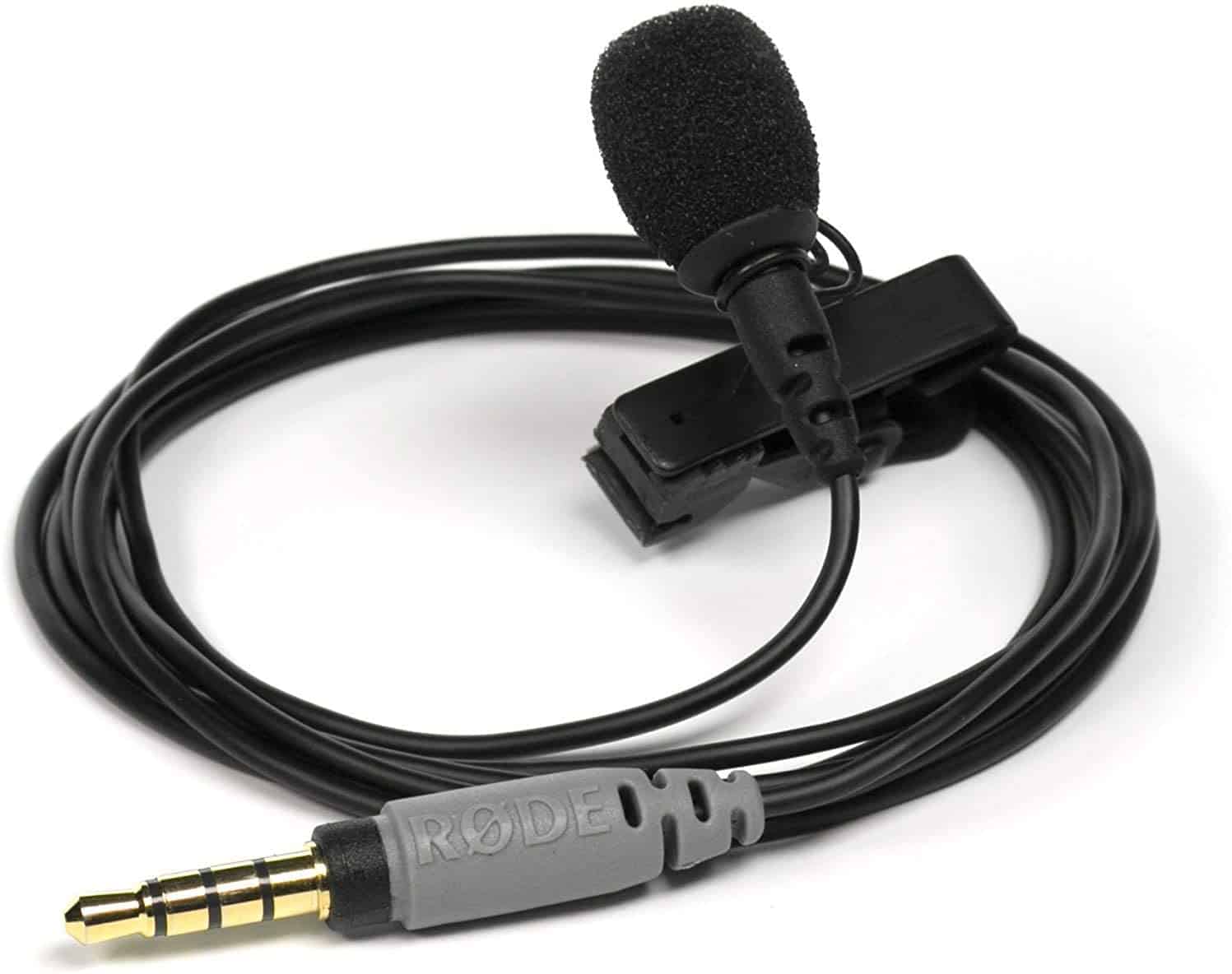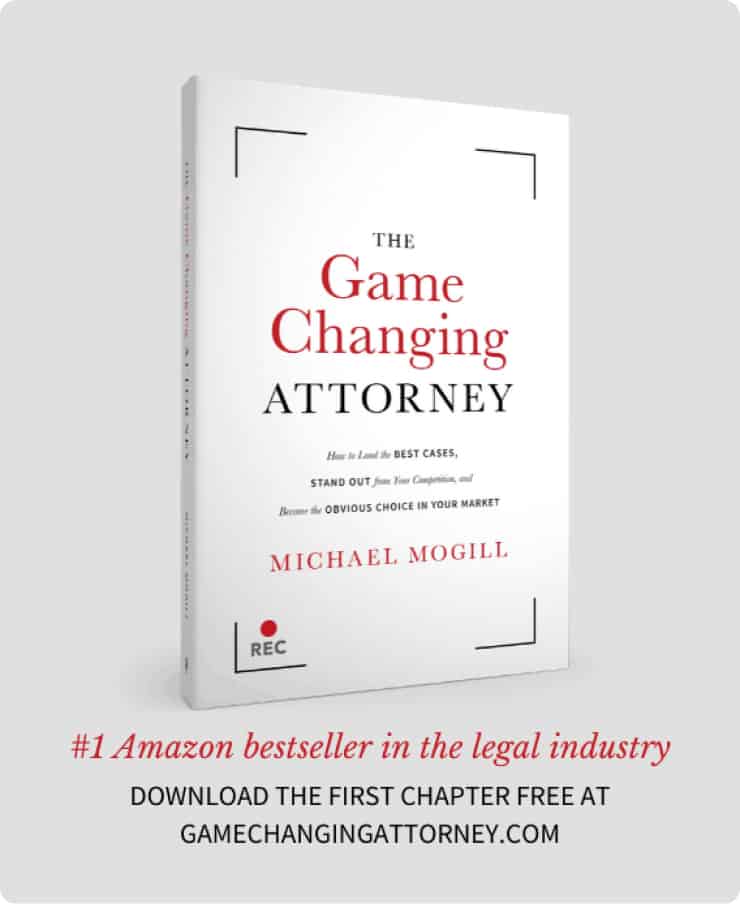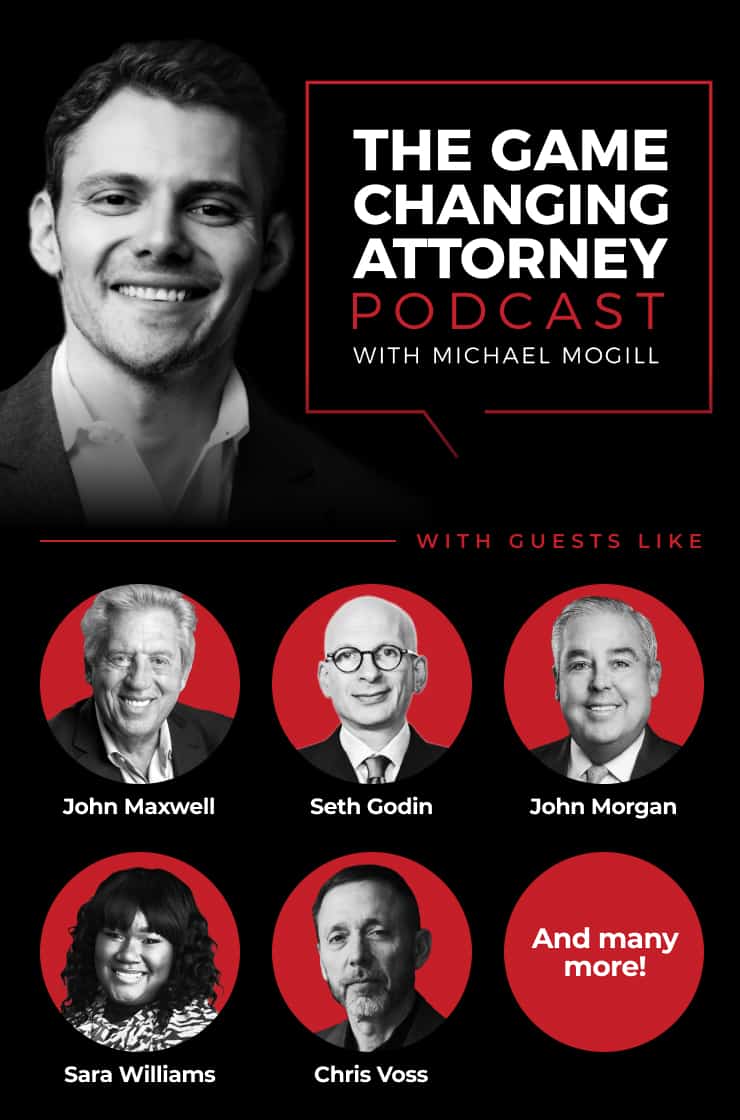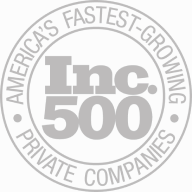Podcasts are a key piece of content in modern marketing — especially in legal marketing strategy. In fact, they’ve become so popular that over half of all consumers in the US have listened to a podcast. Essentially, podcasts are taking over the content market, and if they’ve piqued your interest, you’ve come to the right place.
So, how do you start a podcast? How do you edit a podcast? What kind of equipment do you need? What platform should you put the podcast on? What kind of topics should you cover? The questions are numerous, but the Googling stops here.
While creating a podcast is a relatively simple process in comparison to other forms of content creation, there are several ways to improve the quality of your podcast so that you can cultivate a loyal following.
We’ve compiled the best podcast-creating advice from our marketing and podcasting team and summed it all up into one resource for you.
Why Podcasts?
The number of podcast listeners is growing rapidly. Podcasts are free to listen to on many platforms, so they’re accessible to everyone. Of the total US population, a whopping 37% of people are listening to podcasts on a monthly basis.
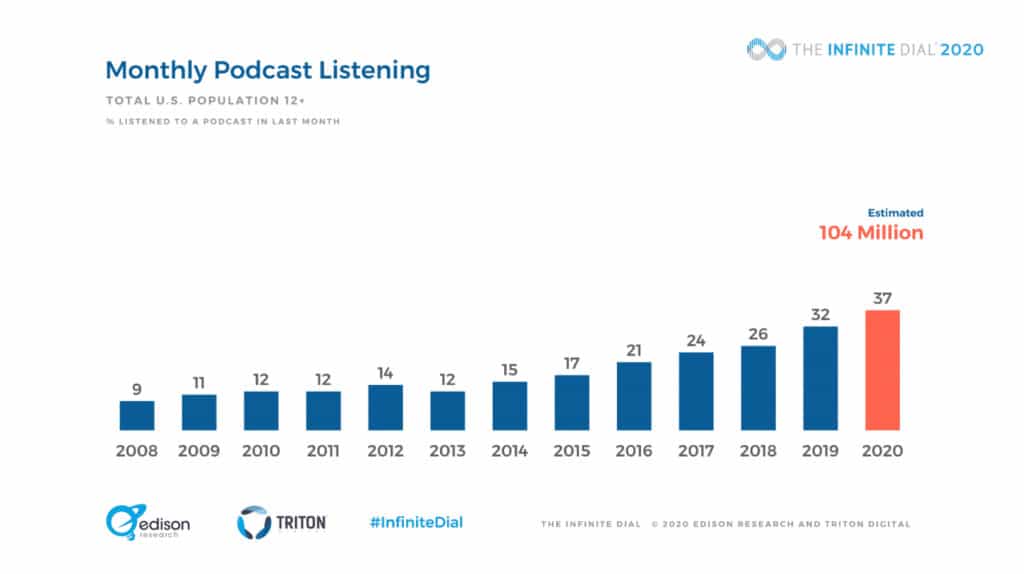
It’s very likely that your ideal client is already listening to podcasts. Now, you just want them listening to yours.
Creating a podcast can provide value for your firm in many ways. First and foremost, hosting a podcast builds your authority and establishes you as an expert in your field. Podcasting is also a form of content marketing, which helps to grow your brand and increase awareness of your firm. Hosting a podcast is also a highly effective way to connect and build relationships with other experts in your industry.
If you’re looking for a way to stay relevant among your audience and you’re willing to stick with it for the long haul, podcasting will be an excellent solution for your firm.
Pre-Podcast Preparation
When you’re ready to join the conversation on podcasting, you’ll have to begin by developing a plan for your show. Nobody wants to listen to a podcast that sounds haphazardly thrown together.
While podcasting is not a rocket science, it does take a bit of preparation to be successful. Sure, anyone can put on some music and record themselves talking for an hour. Do you want to listen to that, though?
Establish Goals
Start with your reasoning behind creating a podcast in the first place. There are a few things to establish so that you can push this podcast in the right direction. Answer the following questions:
-
-
- What are your business goals?
- What do you want this podcast to do for your brand?
- Who are you making this podcast for?
- Who is your ideal audience?
- Why should your ideal audience listen to your podcast?
- What value can you provide to listeners with your podcast?
-
The answers to these questions will help you establish a direction for your podcast. From here, you can decide on deeper details.
Pick a Podcast Type
Determining the format of your podcast is an essential part of keeping your podcast on the right track. The type of podcast you choose will be dependent on what your goals are.
Here are some examples of podcast types to get you started:
-
-
- Interview — you steer the conversation, but the guest provides the content.
- Conversational — you and a co-host or guest speak casually.
- Case studies — reporting on research.
- Topic based — take one topic and expand it enough to speak on it for a full episode.
- Solo — you run the show.
- Combination — combine multiple types of podcast formats for something more unique.
-
This is not an exhaustive list — there are many more podcast types, and you can always create something uniquely different. As long as you keep the show interesting and consistent for your audience, it doesn’t matter exactly how you do it.
Consider the pros and cons of each podcast type — which is going to fit your style, the content you want to cover, and keep your audience engaged?
We recommend utilizing more than one person when you can, as a conversation is more compelling. Just because you value everything you have to say, doesn’t mean that everyone else wants to listen to you rant. The Game Changing Attorney Podcast features guests on every podcast episode, including this one with Chris Voss.
The Big Idea
Determining a singular mission for your podcast keeps you on track for a consistent theme throughout episodes and therefore keep listeners coming back for more. The best way to determine your big idea is to:
-
-
- Examine a topic that you are passionate about and an expert in.
- Niche down on this topic to set yourself apart.
-
Having a very general mission will allow you to talk about a broader range of topics, but contrary to popular belief, appealing to the masses is not in your best interest. If you are a personal injury attorney that hyper-specializes in trucking cases, it wouldn’t make sense to have a general podcast about all things relating to law.
You want to speak on your area of expertise and appeal to ideal clients or other lawyers that are looking for an authority in that field. (After all, how do attorneys choose who to refer certain types of cases out to? The peer they consider the expert in that practice area!)
That is how you begin to scale.
In this excerpt from our own show, The Game Changing Attorney Podcast, trucking attorney Joe Fried speaks to the importance of niching down and becoming obsessed with one specific area. He has become a subject matter expert in his field by doing so, which has afforded him the opportunity to grow on a national level.
Based on this concept, develop a mission statement that remains consistent throughout the entirety of your podcast. For example, the overarching message for The Game Changing Attorney Podcast is to elevate your law form with insights from market leaders. In every episode, we host law firm entrepreneurs and market leaders — people who flourish in the face of adversity, challenge the status quo, and define what it means to be a game changer.
The Details
Once you’ve established some semblance of what your podcast is about, which format it will take, and what your goals are, you can determine a name and create artwork to accompany it.
When naming your podcast, keep in mind that the priority is to pick something that speaks to the desired end result of your listeners. An enticing and relevant podcast name can be the difference between someone listening to your podcast, or just skipping over it.
While you may want to include your own name in the title, keep in mind that it might not be beneficial — especially if your name is difficult to spell or not well-known.
An SEO-friendly title that is easily searchable and direct will make your podcast simple to find.
Lastly, don’t forget to do your research and ensure that your podcast name is not already taken.
As far as artwork goes, the simpler the better. The point of podcast artwork is to get to the point of what your content is about. Anything too complicated might turn off potential listeners.
Pro tip: you’ll want graphics either in .jpg or .png format, and the size should be either 1400×1400 or 3000×3000.
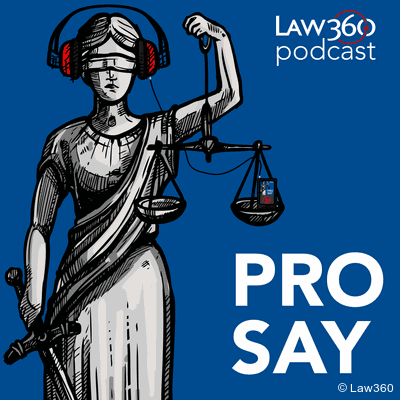

Podcast Production
Now, you’re getting to the meat of the matter — production is a huge piece of podcasting.
A high-quality podcast requires a high level of production. It’s what gives listeners a reason to stick around. Many things go into great production, including equipment, content, recording, and editing.
Equipment
Proper recording equipment will not only make your life easier, but it will also make all the difference in the quality of your show. Podcast equipment does not have to be expensive or difficult to acquire. The suggestions we have below are affordable and available for delivery.
There are three essential pieces of equipment to consider; microphone, interface, and recorder.
Choosing a Microphone
There are myriad microphone options to choose from. For podcasts, the standard recommendations are either a condenser microphone, dynamic microphone, lavalier microphone, or shotgun microphone. There are different strengths for each type, so use this guide to choose which is best for you.
Choosing an Interface
The second piece of equipment you’ll need to consider is your preamp, also known as your interface.
Essentially, this is what you connect your microphone to, so your selection will depend on the type of microphone you purchase. Some microphones have a USB attachment that plugs into the computer, so the computer would act as the preamp. This is the simplest way to get started with a podcast, but if you want to level up, consider an audio interface or dedicated recorder.
Choosing a Recording Method
The third and final piece of necessary equipment is a medium for recording. This can be a dedicated recorder, like the one mentioned above. If you prefer an option that is simply available on the computer, try a DAW (Digital Audio Workstation), like GarageBand, or a podcasting software, like Zencastr.
Content Strategy
Podcasts are powerful. They’re a unique way of immersing the listener in your message and building trust. There’s a formula for creating consistent and quality content that will turn a one-time listener into a loyal fan.
You must inform, entertain, and engage.
Podcast listeners often pick a show because it offers them information they want to learn. Many people use podcasts as an educational tool, so you’ll need to provide ample information in your podcast episodes to keep listeners interested.
Anticipate questions your audience will have about the topic you’re covering, and answer them. Dive deep into the subjects you’re covering by using descriptive stories, case studies, or expert guests. At the end of it all, wrap it up with key takeaways to remind the listener what they’ve learned throughout the episode.
Listeners are also choosing podcasts to be entertained. Just because the podcast is a tool for learning doesn’t mean it has to be boring.
Storytelling is a great podcast style that both informs and entertains listeners. A skilled storyteller (or skilled editor) can craft a beginning, middle, and end to the information being shared. Using banter, chemistry between two hosts, or just having fun with the episode will show as well. This combination will keep your audience entertained and coming back for more.
Even entertaining and informational content is not complete until it is also engaging. If you’re not engaging the audience, you’re not adding real value.
Join in on the conversations your listeners are already having, and introduce them to new people or ideas that get them thinking. If you’re able to empathize with what your audience wants to hear, you will be able to truly understand what it is that they need and deliver.
If you’re feeling stuck, just ask yourself the question that all your listeners will be asking; “What am I getting out of this?”
Planning Individual Episodes
Outlining each episode will force you to plan the details, therefore providing more articulated value to listeners. You should elaborate on your chosen topic and do relevant research ahead of time to prepare. This should all go without saying, as we already know that nobody wants to listen to a podcast that doesn’t provide value.
Developing an idea for each episode allows you to consider:
-
-
- Do you need to have an expert guest on for this episode?
- Will you host a panel of guests to get all necessary viewpoints?
- How will you get in contact with your ideal expert guests?
- Do you need to bring a case study to this episode to prove your point or provide more talking points?
- Does the topic you want to cover require any other research or scheduling ahead of time?
-
These outlines can be a mind map or a more linear list — whatever allows you to have a more natural conversation while recording. A stiffly scripted episode can come off as uncomfortable, and many times, listeners will lose interest. A rough outline better allows you to have a normal conversation with the listener.
If you’re interviewing someone for a particular podcast episode, you will of course need to plan ahead what the topic of conversation will be, when you’ll be recording, and you’ll likely want to have a pre-show interview to get familiar with each other.
Choosing a title for each episode is one of the most important pieces of this planning puzzle. The episode title is your chance to truly grab the attention of a listener. If it’s not captivating, nobody will want to pick that episode. First impressions are everything.

The first few minutes of each episode are also key to getting a listener to stay through the entirety of it. If you can hook their interest immediately, they’re more likely to stick around. If they lose interest at the beginning, they won’t waste their time.
Lastly, the end of every episode should include a call to action. What is the purpose of the podcast? Let readers know how they can further educate themselves or support your show. Consider providing listeners with a way to contact a guest, where to follow your podcast on social media, or a special offer.
Podcast Editing
Appropriate editing can take any podcast from “good” to “great.”
Generally, the purpose of editing a podcast is to make the content easier to understand and to improve the general sound and story quality. Often, when recording a conversation or a solo rant, it’s easy to get lost in thought. These long-winded speeches can be difficult for a listener to follow, so breaking it into bite-sized pieces is crucial.
Here are some simple steps to take in the podcast editing process:
-
-
- Fix any major problems, like background noise.
- Roughly edit by chopping out mistakes and repetition, like “um” and “ah.”
- Perform a more detailed edit, fixing any more problematic issues.
- Shape the content and shape the flow of your show.
- Add in transition sounds and music.
- Mix and master — combine the vocal recordings with music cues, and finalize the episode so that it’s ready for distribution.
- Export show as mp3 file.
-
Here are some popular editing software options to consider:
Music is also an integral part of any podcast. Use it to provide transitions, add energy, create a mood, cover bad audio that can’t be edited, or give the audience a break to let a powerful thought or complicated information sink in.
We recommend investing in quality music, so that it matches your brand and the theme of your show. Misplaced music can turn off a listener if it doesn’t make sense, so make the music serve the content and avoid making it too loud or overbearing.
Here are some music sources worth checking out:
Editing is undoubtedly one of the most complicated parts of creating a podcast. If you don’t pride yourself on being an incredible audio editor, consider either sticking to the basics or hiring someone else to edit your show.
3… 2… 1… Launch!
Your podcast has been perfected, you’ve recorded a few episodes, and your branding is complete. Get your followers excited, because you’re ready to launch! There are only a couple steps left in the podcast creation process before you’re up and running.
Podcast Hosting
The next thing to decide on is a hosting platform for your podcast. This is a necessary step, because podcasts need to be stored on a hosting platform so that they can be easily streamed or downloaded by listeners at any time.
The hosting platform creates an RSS feed of your episode, which streaming platforms (like Apple Podcasts, Spotify, Google Podcasts, Stitcher, etc.) can pull from continuously. Every time you post a new episode, it will be added to the RSS feed and automatically uploaded to streaming platforms.
There are many hosting platforms available, but here are a few popular options to look into:
Marketing Your Podcast
Now that your podcast is fully ramped up, you can make it available to the world. But simply hosting your podcast on and adding it to streaming services isn’t enough. If you put your podcast out there without marketing it, you won’t get many downloads and you won’t get very far on those business goals you laid out at the beginning. You want more than a couple of friends and family members to listen, right?
Just like any exciting business initiative, a podcast needs to be marketed. There are a million ways to market, so here are a few really effective options to get you started:
-
-
- Promote the podcast launch on your social media channels
- Create new social profiles for your podcast
- Create quote graphics from podcast episodes to share on social media
- Write a blog post announcing your new podcast
- Set up paid ads online for your podcast
- Convert each episode’s audio to a YouTube video
- Be a guest on another podcast and promote your own show to their audience
- Pay for an ad on another popular podcast that has a similar audience
- Have guests with large followings on your podcast and have them promote their episode
- Add a page to your website to natively stream your podcast
- Create show notes for the podcast on your website (also great for your site’s SEO)
- Run a contest for anyone who has listened to the podcast
-
Marketing your show will require some work, but the success of your podcast depends on it.
Once you grow your podcast with these techniques, you’ll see more downloads. The more your show gets downloaded, the higher it will rank on streaming platforms and the easier it will be to find. This will lead to more downloads in turn. The more quality episodes you put out, the more your following will grow.
Promoting a podcast can be another job in and of itself. After all, what’s the point of hosting a stellar show if you don’t have listeners? Knowing this, we wanted to equip you with a full roadmap to reach listeners and get the word out about your show. Check out this other in-depth article all about How to Promote Your Podcast to dive deeper!
Final Thoughts
Podcasting is a powerful medium in legal marketing strategy today. No matter what your goal for starting a podcast is, there are many ways to achieve it — and the return can be exponential.
If you’re interested in hearing from the many experts we’ve featured on our own show, The Game Changing Attorney Podcast, you can listen and download for FREE on Spotify, Apple Podcasts, and the official podcast website.


